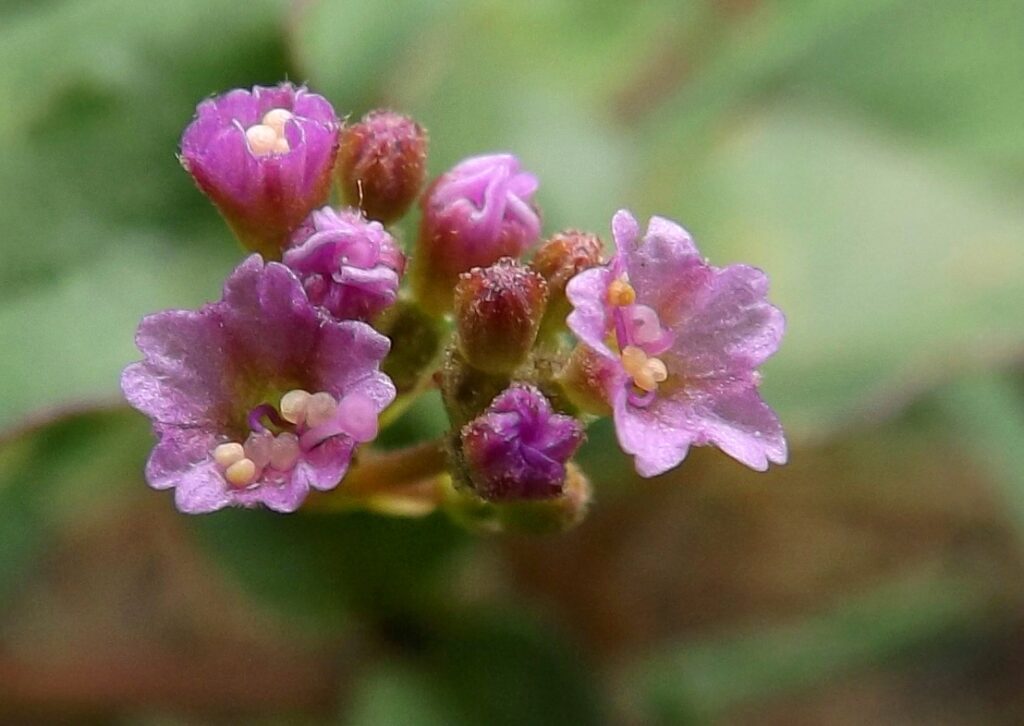Ayurvedic
Punarnava (Boerhavia diffusa) Herb Ayurvedic Overview
Punarnava (Boerhavia diffusa), commonly is a herbaceous plant of the family Nyctaginaceae. In India, the whole plant or its specific parts (leaves, stem, and roots) are known to have medicinal properties and have a long history of use by indigenous and tribal people. It is indigenous to India and found throughout the warmer parts of the country up to an altitude of 2000 m in the Himalayan region. It grows well on wastelands and in fields after the rainy season.
By the Ayurvedic Acharyas in ancient times, the Punarnava is used for the management of asthma, scanty urine, leucorrhoea, rheumatism, stomach ache, jaundice, enlargement of spleen, internal inflammation disorders, etc.
Table of Contents
Scientific Classification of Punarnava (Boerhavia diffusa):
- Scientific name: Boerhavia diffusa
- Family: Nyctaginaceae
- Kingdom: Plantae
- Order: Caryophyllales
Punarnava (Boerhavia diffusa) Synonyms:
- Sanskrit: Varsabhu, Sophaghni, Kahtilla
- Assamese: Ranga Punarnabha
- Bengali: Rakta punarnava
- English: Horse Purslene, Hog Weed
- Gujrati: Dholisaturdi, Motosatodo
- Hindi: Gadapurna, Lalpunarnava
- Kannada: Sanadika, Kommeberu, Komma
- Kashmiri: Vanjula Punarnava
- Malayalam: Chuvanna Tazhutawa
- Marathi: Ghetuli, Vasuchimuli, Satodimula, Punarnava, Khaparkhuti
- Oriya: Lalapuiruni, Nalipuruni
- Punjabi: ltcit (Ial), Khattan
- Tamil: Mukurattai (Shihappu)
- Telugu: Atikamamidi, Erra galijeru
Punarnava (Boerhavia diffusa) Description:
Macroscopic: The microscopic structure of Punarnava are mention below:
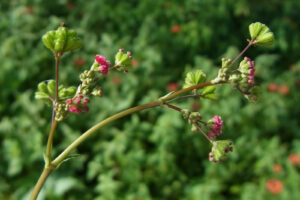 Stem: The stem of punarnava is greenish-purple, stiff, cylindrical, slender, swollen at nodes, minutely pubescent, prostate divaricately branched.
Stem: The stem of punarnava is greenish-purple, stiff, cylindrical, slender, swollen at nodes, minutely pubescent, prostate divaricately branched.
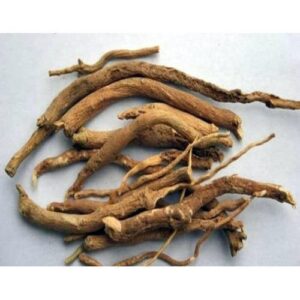 Root: The root is well developed, fairly long, somewhat tortuous, cylindrical, and is having 0.2-1.5 cm in diameter. It is yellowish-brown to brown color, surface soft to touch but rough due to minute longitudinal striations and root scars, no distinct odor, taste, slightly bitter.
Root: The root is well developed, fairly long, somewhat tortuous, cylindrical, and is having 0.2-1.5 cm in diameter. It is yellowish-brown to brown color, surface soft to touch but rough due to minute longitudinal striations and root scars, no distinct odor, taste, slightly bitter.
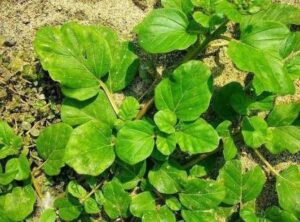 Leaves: It is opposite and unequal in pairs. The large ones are 25-37 mm long and smaller ones 12-18 mm long ovate-oblong or suborbicular. The apex is rounded or slightly pointed, base subcordate or rounded. In certain cases, the dorsal side is pink, thick in texture, petioles nearly as long as the blade.
Leaves: It is opposite and unequal in pairs. The large ones are 25-37 mm long and smaller ones 12-18 mm long ovate-oblong or suborbicular. The apex is rounded or slightly pointed, base subcordate or rounded. In certain cases, the dorsal side is pink, thick in texture, petioles nearly as long as the blade.
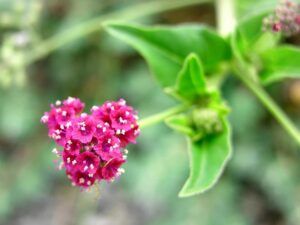 Flowers: The flowers are very small, pink-colored, and nearly sessile or shortly stalked, and are having 10-25 cm in size. They are arranged on long stalks, 4-10 corymb, axillary, and in terminal panicles, small, acute, perianth tube constricted above the ovary. The lower part is greenish, ovoid, ribbed, and the upper part is pink, funnel-shaped, 3 mm long, and the stamens are 2-3 in number.
Flowers: The flowers are very small, pink-colored, and nearly sessile or shortly stalked, and are having 10-25 cm in size. They are arranged on long stalks, 4-10 corymb, axillary, and in terminal panicles, small, acute, perianth tube constricted above the ovary. The lower part is greenish, ovoid, ribbed, and the upper part is pink, funnel-shaped, 3 mm long, and the stamens are 2-3 in number.
Fruit: The fruit of punarnava is one-seeded nut, 6 mm long clavate, rounded, broadly, and bluntly 5 ribbed.
Microscopic: Stem: The transverse section of the stem shows the epidermal layer containing a multi-cellular, uniseriate glandular trichome and contains 9-12 stalked cells. The cortex consists of 1-2 layers of endodermis indistinct, pericycle, and parenchyma. The stele consists of many small vascular bundles often joined together in a ring.
Leaves: The transverse section of the leaf shows anomocyic stomata on both sides. A few short hairs, 3-4 celled present on the margin and veins. The idioblasts contain raphides, occasionally cluster crystals of calcium oxalate and orange-red resinous matter present in the mesophyll.
Identity, Purity, and Strength of Punarnava (Boerhavia diffusa):
- Foreign matter Not more than 2 percent, Appendix 2.2.2.
- Total Ash Not more than 15 percent, Appendix 2.2.3.
- Acid-insoluble ash Not more than 6 percent, Appendix 2.2.4.
- Alcohol-soluble extractive Not less than 1 percent, Appendix 2.2.6.
- Water-soluble extractive Not less than 4 percent, Appendix 2.2.7.
Chemical Constituents of Punarnava (Boerhavia diffusa):
Punarnava contains ester of b-sitosterol, urosilic acid, Hentriacontane, a-2-sitosterol, palmitic acid, b-Ecdysone, triacontanol, stearic, arachidic acid, b-Sitosterol, tetracosanoic, hexacosonoic, etc. Other than this, it contains a large quantity of Potassium nitrate, the herb and roots are rich in proteins and fats.
Ayurvedic Properties and Action of Punarnava (Boerhavia diffusa):
- Rasa: Madhura, Tikta, Kashaya
- Guna: Ruksha
- Virya: Ushna
- Vipaka: Madhura
- Karma: Anulomana, Shoth hara, Mutrala, Vata Shalesham hara
Ayurvedic Formulation made by Punarnava (Boerhavia diffusa):
The most important formulations are Punarnavasaka Kwath Churna, Punarnavasav, Punarnavadi Mandura, Punarnava Kshar, Punarnava Guggulu, Punarnavadyarishta.
Therapeutic Uses of Punarnava (Boerhavia diffusa):
The therapeutic uses are Graha visha, Udarhara, Raktapradaradoshaghana, Arsha, Panduhara, Shophahara.
Dose of Punarnava (Boerhavia diffusa):
20-30 gm of the drug for decoction.
Reference:
Ayurvedic Pharmacopeia of India.
For regular health updates, Please follow our Social Pages

